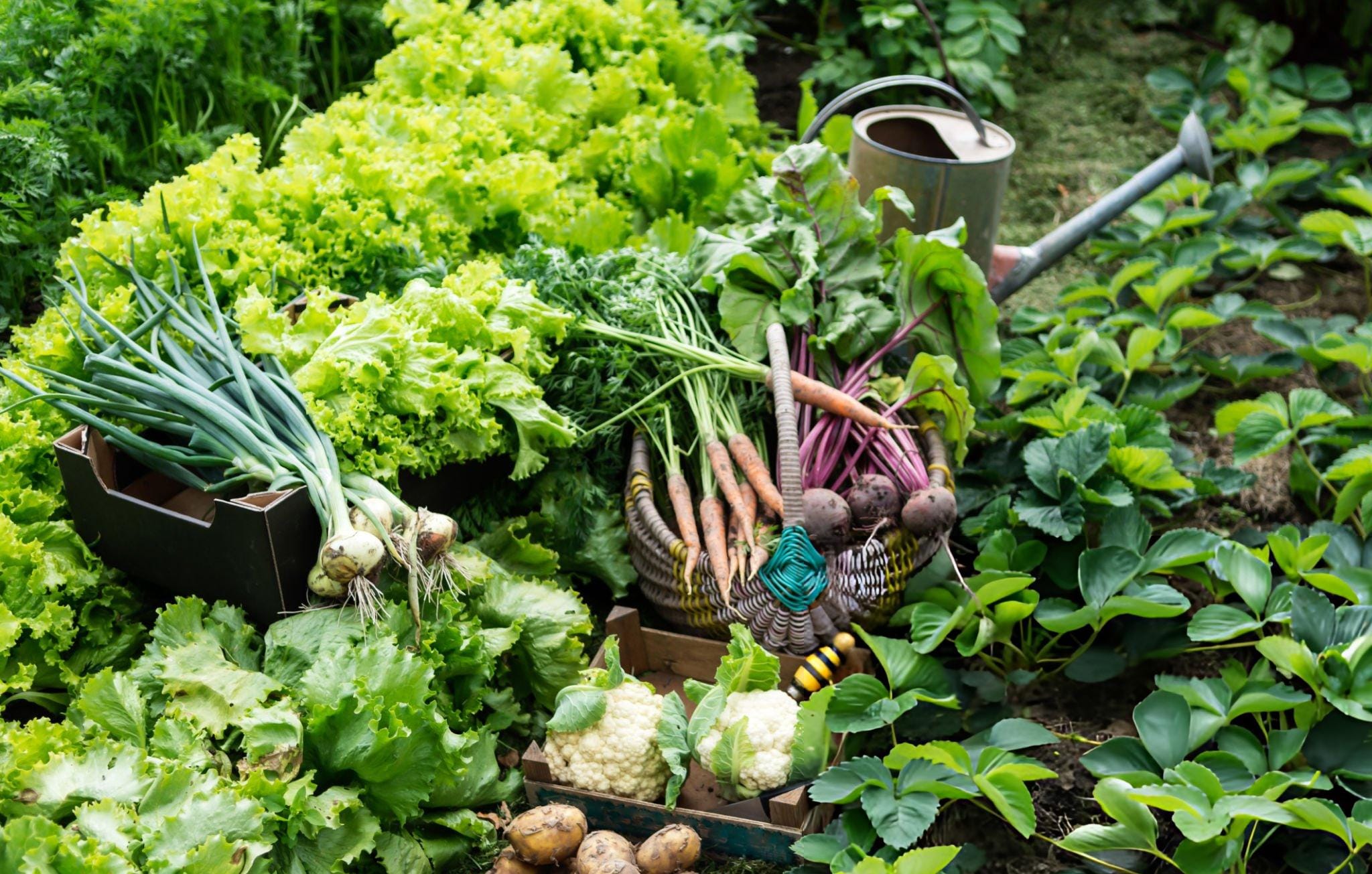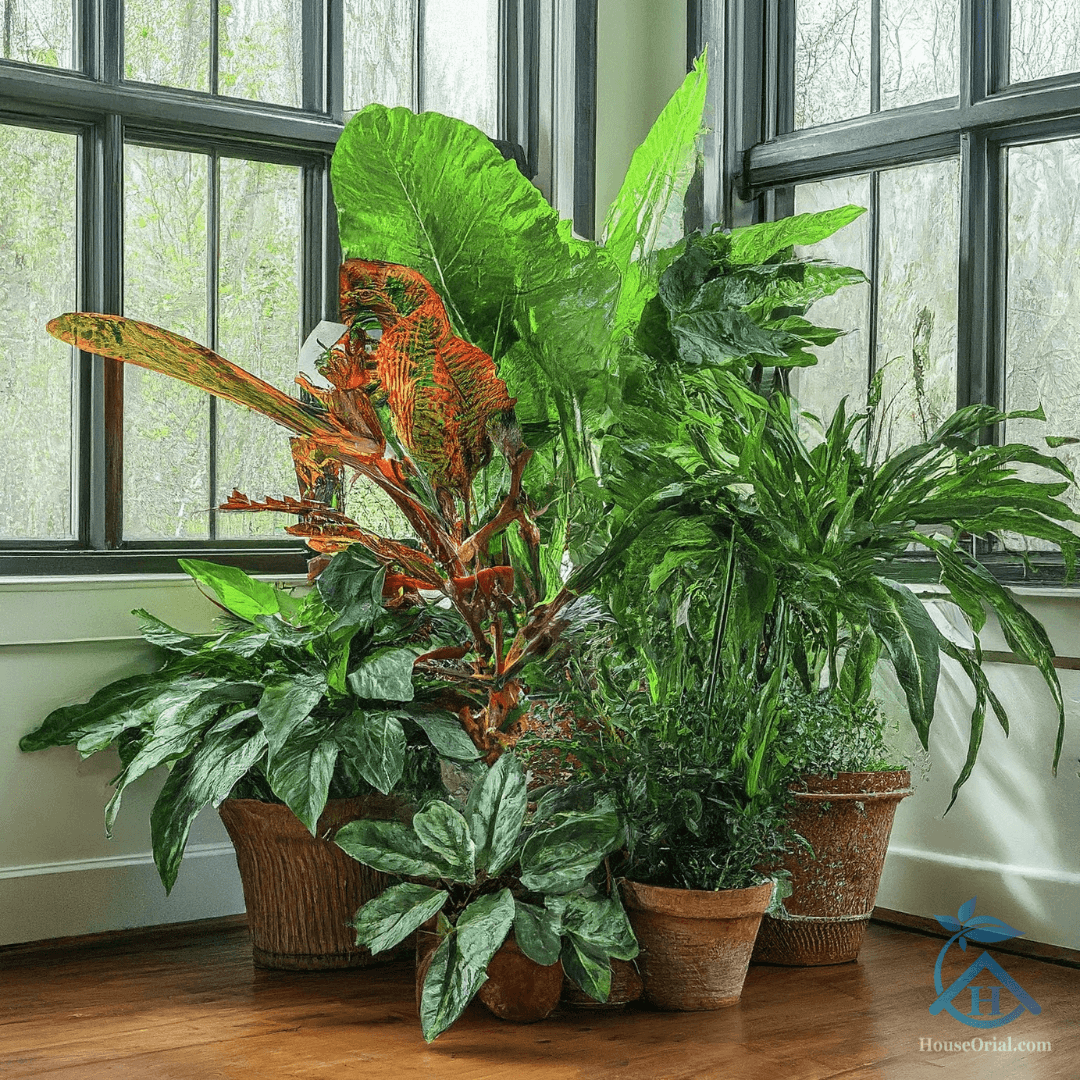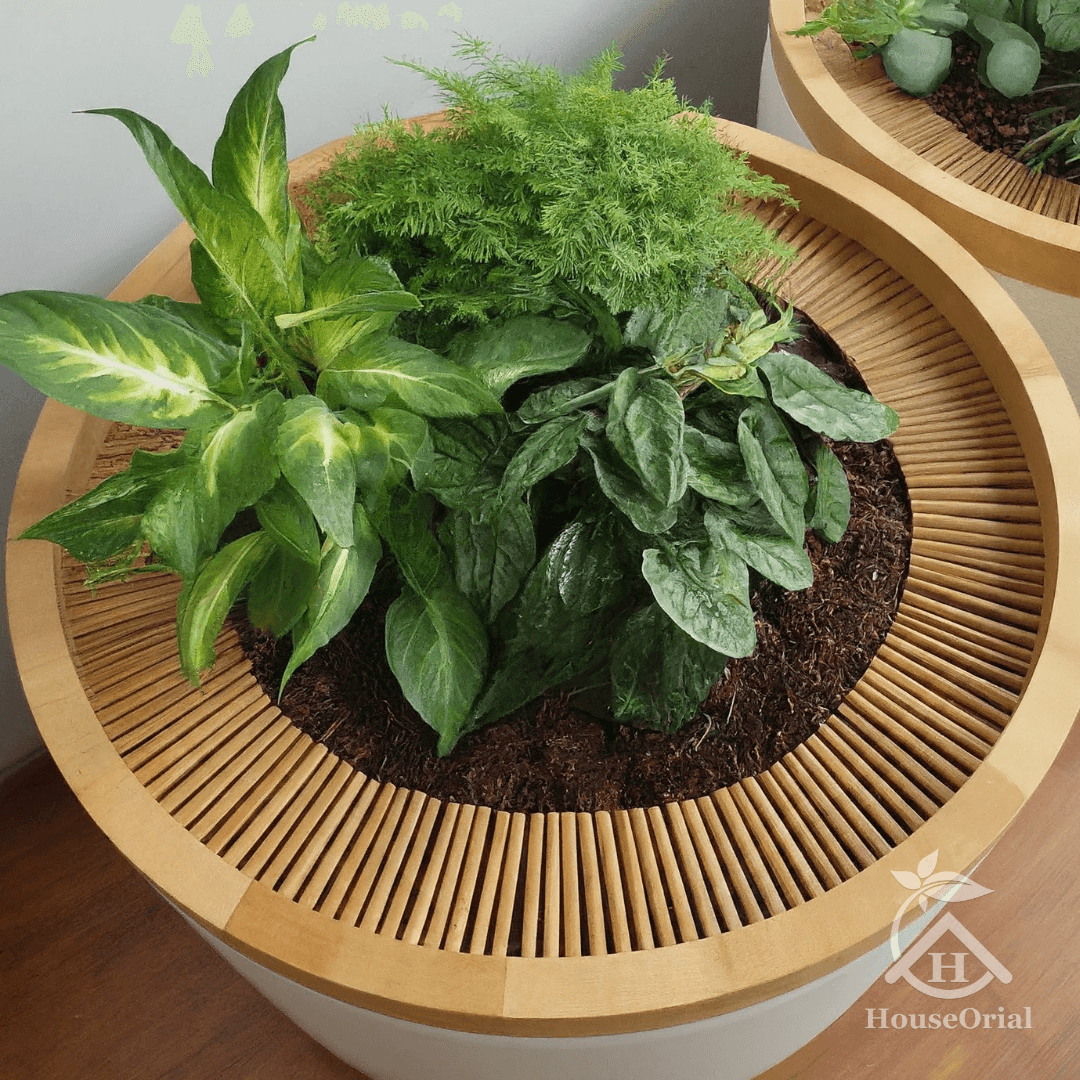Are you thinking, Can I grow vegetables at home? You have found the right article.
Undoubtedly, you can grow vegetables indoors! Don’t let a lack of outdoor space or a small apartment stop you from enjoying fresh, homegrown vegetables. You can create an indoor garden using a pot, tub, coffee can, bucket, colander, or even old drawers to plant plants. Just make sure it has holes for drainage. You can also grow vegetables indoors using hanging baskets or macramé plant hangers. Growing vegetables indoors means you can continue to harvest your favorite foods year-round, even in the winter. But, to be honest, growing vegetables in containers indoors has its challenges. With the right tools, conditions, vegetable gardening ideas, and methods, indoor gardening will give you great success.
We’ll also break down simple steps to get you started, so you can transform your living space into a year-round source of fresh, flavorful, and nutritious vegetables.
So leave the limitations and get ready to start this exciting adventure! We will equip you with all the knowledge you need to make your dream garden a reality.
Table of Contents
Essential Considerations: 10 Tips for Growing Vegetables Indoors
Before you plant anything, think about where you will place your indoor veggie garden. Because most plants need adequate light, good air circulation, and a constant temperature, here are some valuable tips as you consider growing vegetables indoors.
- Sun Seekers: Most vegetables need at least 6–8 hours of bright, indirect sunlight per day. South-facing windows are ideal, but consider supplementing natural light with grow lights if necessary.

- Choose the perfect pot: Whatever container you use, make sure the container has holes for drainage. Choose an appropriate pot size for your chosen vegetable, allowing for some future growth.

- Prime Potting Mix: Choose a high-quality, lightweight potting mix designed specifically for container gardening. This ensures proper drainage and aeration for your vegetable roots.

- Water wisely: Water your plants regularly, but avoid overwatering. The soil should be moist but not wet. Feel the soil with your finger to check for moisture before watering again.

- Fertility feeding: Feed your vegetables with a balanced fertilizer every few weeks during the growing season. Follow fertilizer package directions for proper application.
- Location: Choose a warm and draft-free location for your indoor garden. Avoid placing plants near heat vents, fireplaces, or cold windows.
- Temperature Considerations: Most vegetables grow at temperatures between 65 and 80°F (18 and 27°C). Monitor indoor temperatures and adjust your plant placement if necessary.
- Pollination power: Some vegetables require pollination by insects to produce fruit. Hand pollination can be the solution. Research the pollination requirements of your chosen vegetable.
- Pest Patrol: Keep an eye out for common indoor pests like aphids, fungus gnats, or whiteflies. Use organic methods like insecticidal soap or neem oil to control them if necessary.

- Harvest Harmony: Harvest your vegetables when they are ripe and at their peak flavor. Regular harvesting encourages continued growth and production from your plants.

Start small and choose the right vegetables.
Choose 2-3 easy-to-grow vegetables for your first indoor garden. Mixed salad greens such as lettuce, kale, basil, cilantro, parsley, mint, spinach, etc. are a reliable, fast-growing crop for beginners. Choose containers with holes for drainage to plant these vegetables properly. (About 6–8 inches deep for herbs and at least 12 inches deep for tomatoes and peppers.) Fill your pots with a high-quality, lightweight potting mix designed for pots. Generally, when planting, aim for a depth of 2-3 times the width of the seed. For small seeds like lettuce and spinach, you should spread them on the surface of the soil and press down gently. Water your newly planted seeds, but avoid overwatering. Make sure your plants get enough light and air. Once your seedlings grow a few sets of true leaves, start feeding them with a balanced fertilizer every few weeks. For some vegetables, like lettuce and spinach, you can thin them out for proper growth. (Optional) As your garden slowly grows, you can rake leaves and gather herbs as needed. Harvest tomatoes and peppers when they reach their full size and desired maturity. Then, as you gain confidence, you can expand your selection and experiment with more challenging varieties.
Bonus Tips: Hand Pollination: Some vegetables, like tomatoes and peppers, may require hand pollination indoors to produce fruit. Research the pollination requirements of your chosen variety and use a small paintbrush to transfer pollen from the stamens of the male flowers to the stigmas of the female flowers if necessary.
Beyond the Basics: Potential Problems and Solutions for Indoor Veggie Gardens
Even the most enthusiastic indoor gardener can face some challenges. Here are some possible problems and solutions you may encounter when growing vegetables indoors:
- Turning pale: Generally, plants become pale due to a lack of adequate light. Even a lack of sufficient light leads to weak and low fruit production. So use natural light or grow lights near the plants. But don’t forget that too much light from grow lights can be harmful.
- Pests and diseases: Although less common than outdoors, mealybugs, whiteflies, and aphids can still be a problem for indoor vegetable gardens. If you encounter pests, use organic methods like insecticidal soap or neem oil to control them. Isolate infected plants to prevent the insects from spreading to others. Also address fungal diseases with adequate ventilation and consistent watering practices.
- Root rot and stunted growth: Overwatering can cause root rot. So make sure there are enough holes for drainage. And fertilize your plants regularly for healthy growth.
Conclusion: Can I grow vegetables indoors? We hope that after reading this article, you no longer have to worry about whether you can grow vegetables indoors. By making a small start, you can plan for big things. You can start a garden indoors with some fast-growing vegetables like spinach, kale, arugula, Swiss chard, mustard greens, radishes, carrots, cherry tomatoes, basil, parsley, cilantro, chives, oregano, lettuce, etc. With a little planning, the right knowledge, and a touch of care, you can grow a thriving indoor veggie oasis. So, take a deep breath, grab your favorite seeds, and start your indoor veggie adventure! With leafy greens as your faithful companion, you enjoy the joy of nurturing life indoors and witness the magic of fresh, homegrown harvests.







